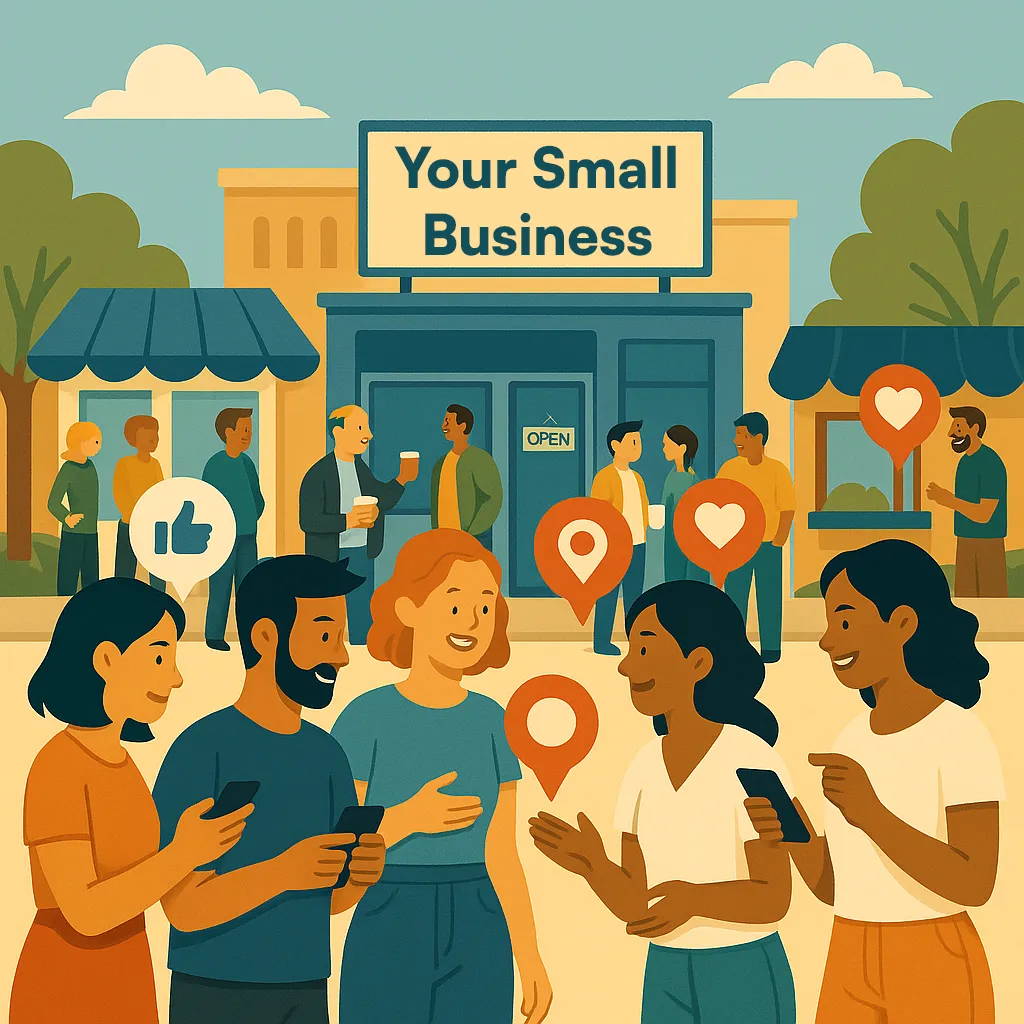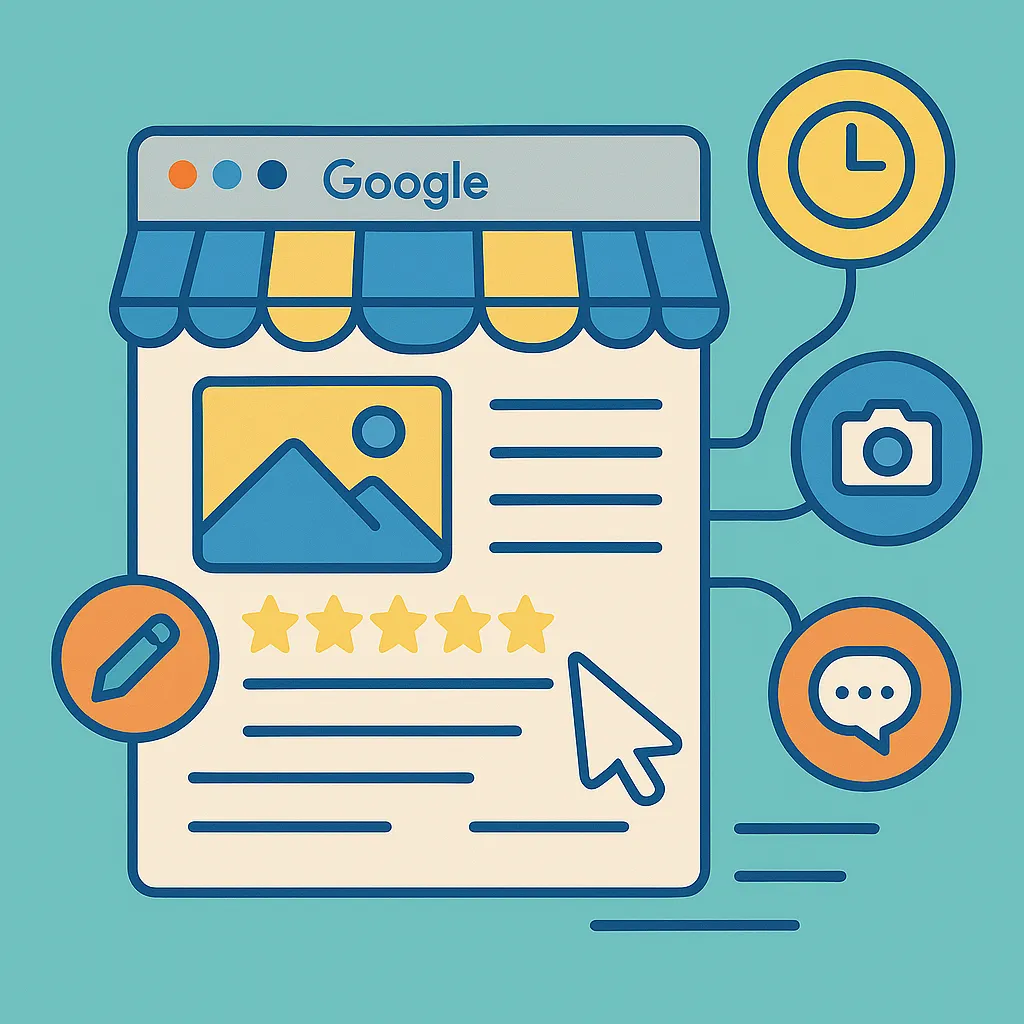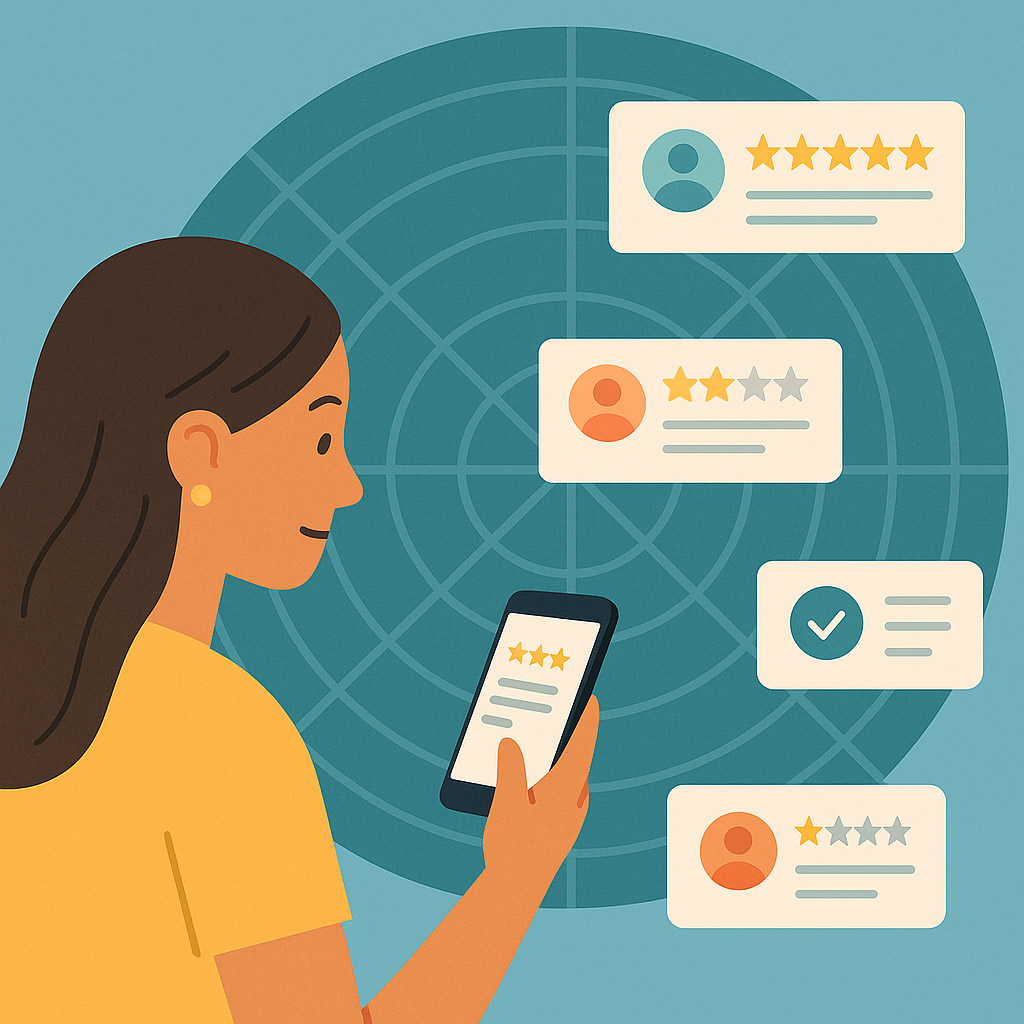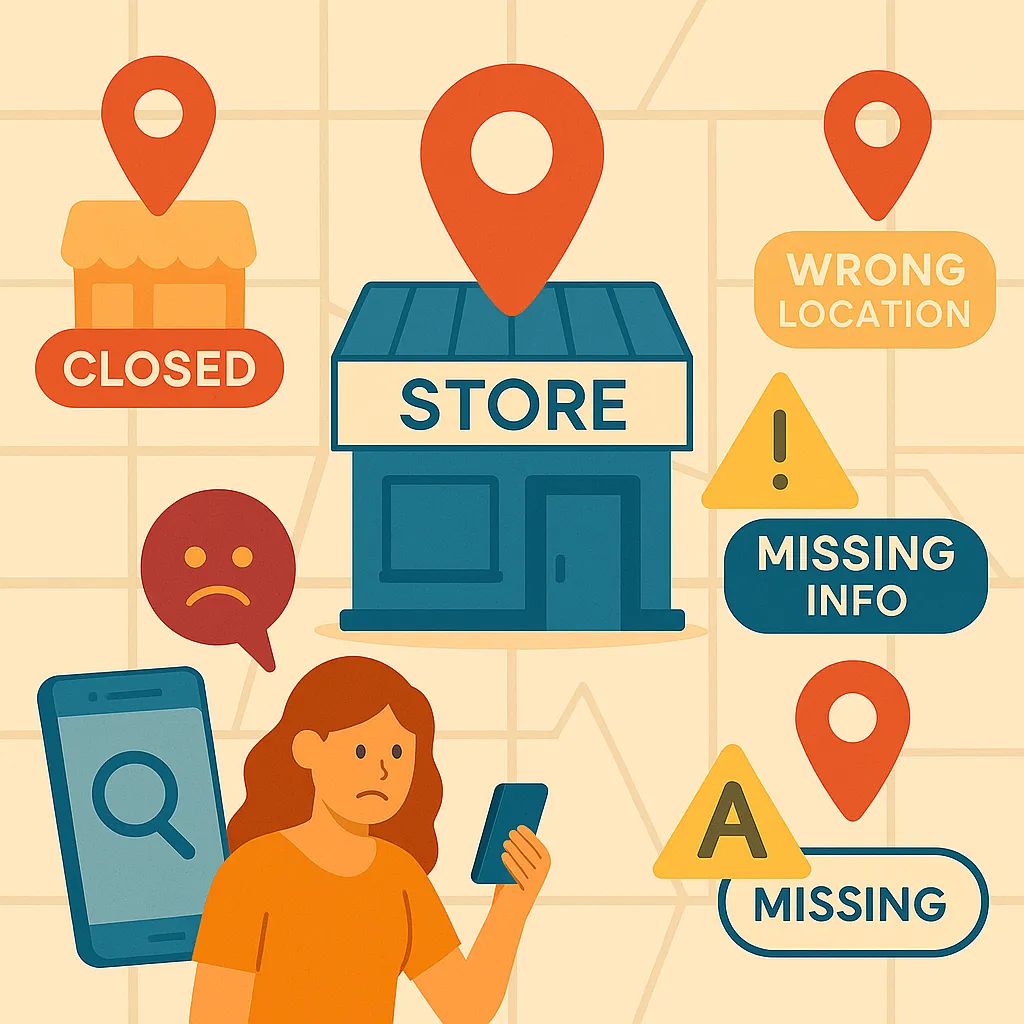For years, the marketing playbook was simple: broadcast your message far and wide and hope it sticks. Think billboards, TV ads, and blanket social media posts. The goal was to reach as many people as possible. But the game has changed. Your customers are tired of being sold to. They crave connection, authenticity, and a sense of belonging. This is where community-centric marketing comes in.
It’s a shift from a "brand-to-many" approach to a "many-to-many" conversation, with your business at the heart of it all. Instead of just pushing products, you're building a space where your customers can connect with you and, more importantly, with each other. It’s less about transactions and more about relationships.
Think of it this way: traditional marketing is like shouting from a stage with a megaphone. Community-centric marketing is like hosting a great dinner party where you spark interesting conversations. It’s not just about getting more customers; it’s about creating loyal fans who champion your brand because they feel like a part of it.
What is Community-Centric Marketing, Really?
Community-centric marketing is a strategy that prioritizes building and nurturing a community around your brand. It moves beyond the simple exchange of goods for money and focuses on creating shared value, fostering relationships, and encouraging active participation. It’s the difference between having a customer base and having a tribe.
A strong community provides a support system for its members, with your business acting as the facilitator. Members share tips, offer advice, give feedback, and celebrate wins together. This creates a powerful feedback loop where your business gets direct insights into customer needs while building incredible brand loyalty.
This isn't some fluffy, feel-good concept. It has a direct impact on your bottom line. A study found that brands with strong online communities benefit from a 6,469% ROI. Why? Because people trust people more than they trust ads. When a potential customer sees an active, engaged community around your business, it acts as powerful social proof.
Why Community Matters More Than Ever
The digital world is noisy. Your customers are bombarded with thousands of marketing messages every single day. Cutting through that noise requires more than just a clever ad or a slick slogan. It requires a genuine connection.
Here’s why focusing on community is no longer optional for small businesses:
- Trust is the New Currency: In an era of skepticism, recommendations from friends, family, or fellow community members carry far more weight than any branded content. A thriving community is a trust-building engine that runs 24/7.
- It Drives Unbeatable Loyalty: When customers feel like they are part of something bigger, their loyalty deepens. They're not just buying a product; they're supporting a business they believe in and feel connected to. This is how you turn one-time buyers into lifelong advocates.
- You Get Invaluable, Real-Time Feedback: Want to know what your customers really think? A community is the ultimate focus group. You get direct access to their pain points, desires, and ideas, allowing you to innovate and improve your offerings based on real-world needs, not assumptions.
- It’s a Content Goldmine: Your community members are creators. They share photos, write reviews, and post about their experiences. This user-generated content (UGC) is authentic, relatable, and incredibly effective marketing material that you don’t have to create yourself.
How to Build Your Community: 4 Actionable Steps
Building a community doesn't happen overnight, and it doesn't require a massive budget. It starts with a commitment to listening and engaging. Here are four practical steps to get started.
1. Define Your Community's Purpose
Before you create a Facebook group or launch a forum, stop and ask: Why should this community exist? The purpose needs to go beyond "to sell more stuff." It should be centered on the shared interests, values, or goals of your audience.
Is your business a local coffee shop? Your community’s purpose could be to connect local creatives and remote workers. Are you a fitness studio? Your purpose might be to support members on their wellness journey. A clear purpose gives people a reason to join and, more importantly, a reason to stay.
Action Step: Write down a one-sentence "Community Mission Statement." For example: "Our community exists to connect North Bay food lovers and share inspiration for local, seasonal cooking."
2. Choose the Right Platform
Where does your audience already hang out online? The best platform for your community is one they already use and feel comfortable with. Don't try to force them onto a new, unfamiliar app.
- Facebook Groups: Excellent for discussion-based communities. They are easy to set up and highly accessible.
- Instagram: Ideal for visual brands. You can build community through interactive Stories, dedicated hashtags, and engaging with user-generated content.
- Discord/Slack: Great for niche, highly engaged communities that value real-time chat and organized channels (think gamers, tech enthusiasts, or hobbyists).
- In-Person Events: Don't underestimate the power of face-to-face connection. Hosting local meetups, workshops, or events can solidify online relationships.
Action Step: Survey your existing customers or check your social media analytics to see which platform they use most. Start there.
3. Spark Conversations and Encourage Participation
A community manager's first job is to be the conversation starter. In the beginning, you may need to do most of the heavy lifting to get things going.
- Ask Open-Ended Questions: Instead of "Did you like our new product?" ask "How are you using our new product?" or "What’s one challenge you're facing that we can help with?"
- Spotlight Your Members: Feature a "customer of the week," share their story, or celebrate their successes. Making people feel seen is a powerful way to build loyalty.
- Create Rituals: Start a "Monday Motivation" thread or a "Friday Wins" post. Consistent rituals give members a reason to check in regularly.
Action Step: Brainstorm a list of 10 conversation prompts you can use over the next month. Schedule them out to ensure you’re consistently engaging with your group.
4. Provide Exclusive Value
Give your community members a reason to feel special. This doesn't always have to be a discount (though those are nice). Exclusive value can come in many forms.
- Early Access: Let your community be the first to know about new products or services.
- Exclusive Content: Share behind-the-scenes looks, expert Q&As, or tutorials that are only available to members.
- Direct Access to You: Host "Ask Me Anything" sessions where members can interact directly with you and your team.
Action Step: Identify one piece of exclusive value you can offer your community this month. It could be as simple as a 15-minute Q&A on Instagram Live or early access to a seasonal menu item.
Your Community is Your Moat
In business, a "moat" is a competitive advantage that protects you from competitors. In today's market, a strong, engaged community is one of the most powerful moats you can build. Your competitors can copy your products, match your prices, and even mimic your marketing, but they can't replicate the genuine connection and trust you've built with your audience.
Starting is the hardest part. But by focusing on purpose, choosing the right platform, sparking conversation, and providing value, you can begin laying the foundation for a community that will not only support your business but help it thrive for years to come.





